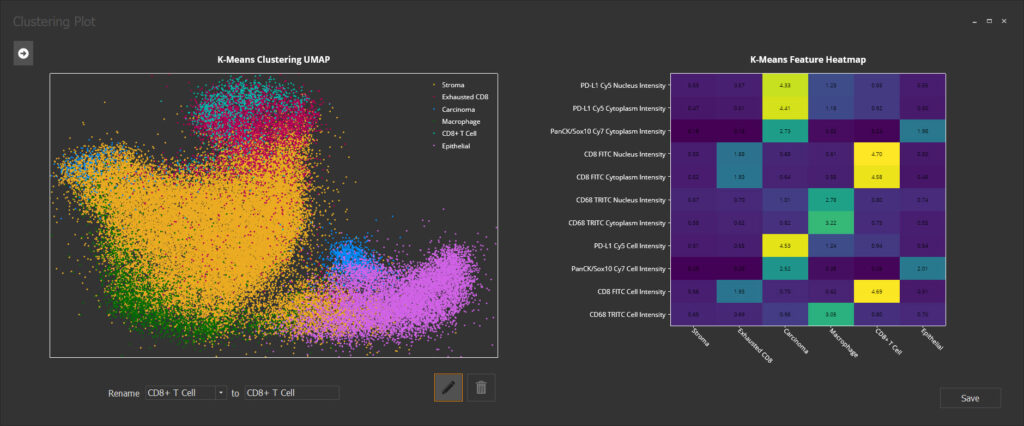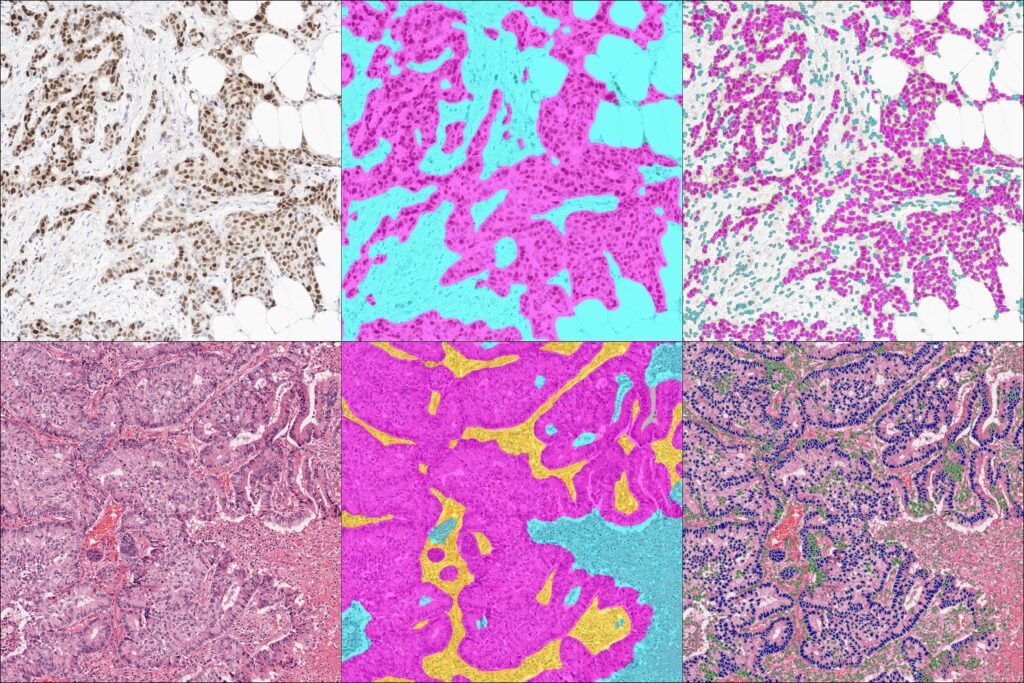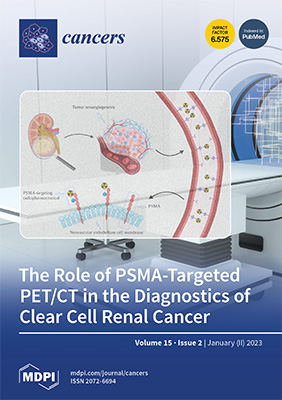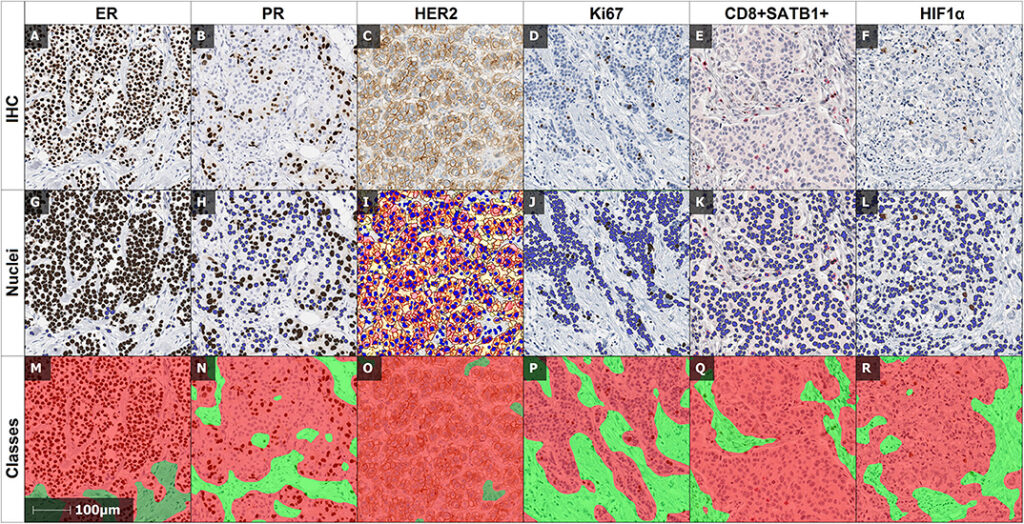Unlocking Deeper Insights with the HALO® High Dimensional Analysis Module
Extracting biological insights from highly multiplexed data requires both powerful image analysis tools and intuitive methods to navigate high-dimensional data. In this blog, we’ll cover the basics of dimensionality reduction and unsupervised clustering and explore our new High Dimensional Analysis module.
Unlocking Deeper Insights with the HALO® High Dimensional Analysis Module Read More »









